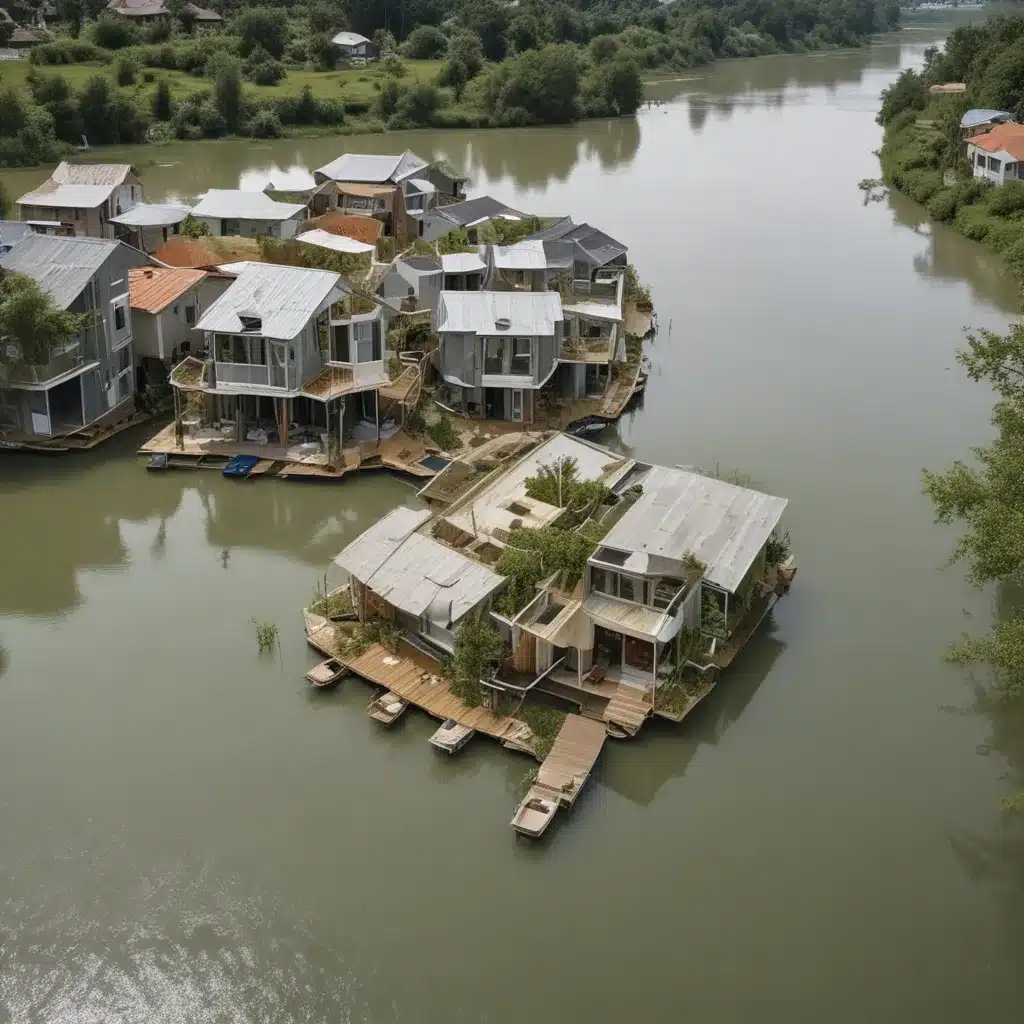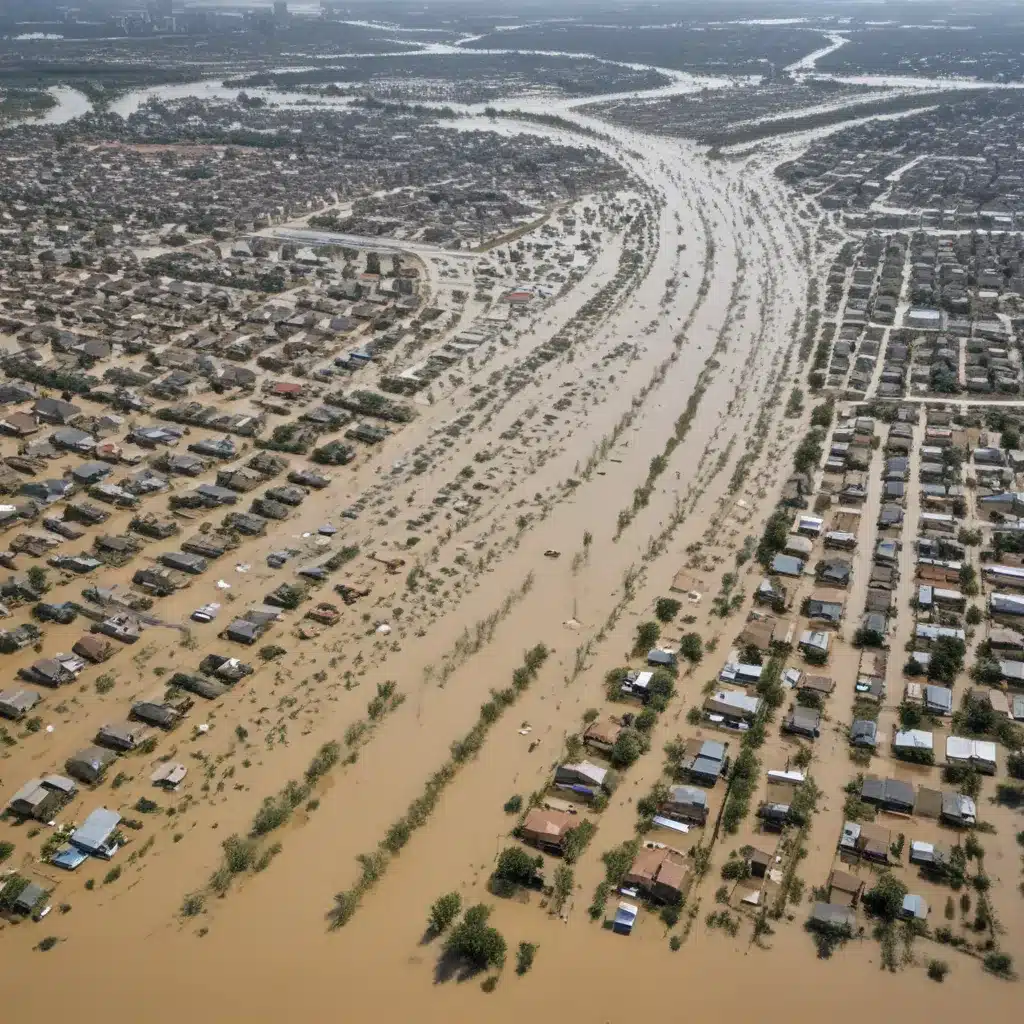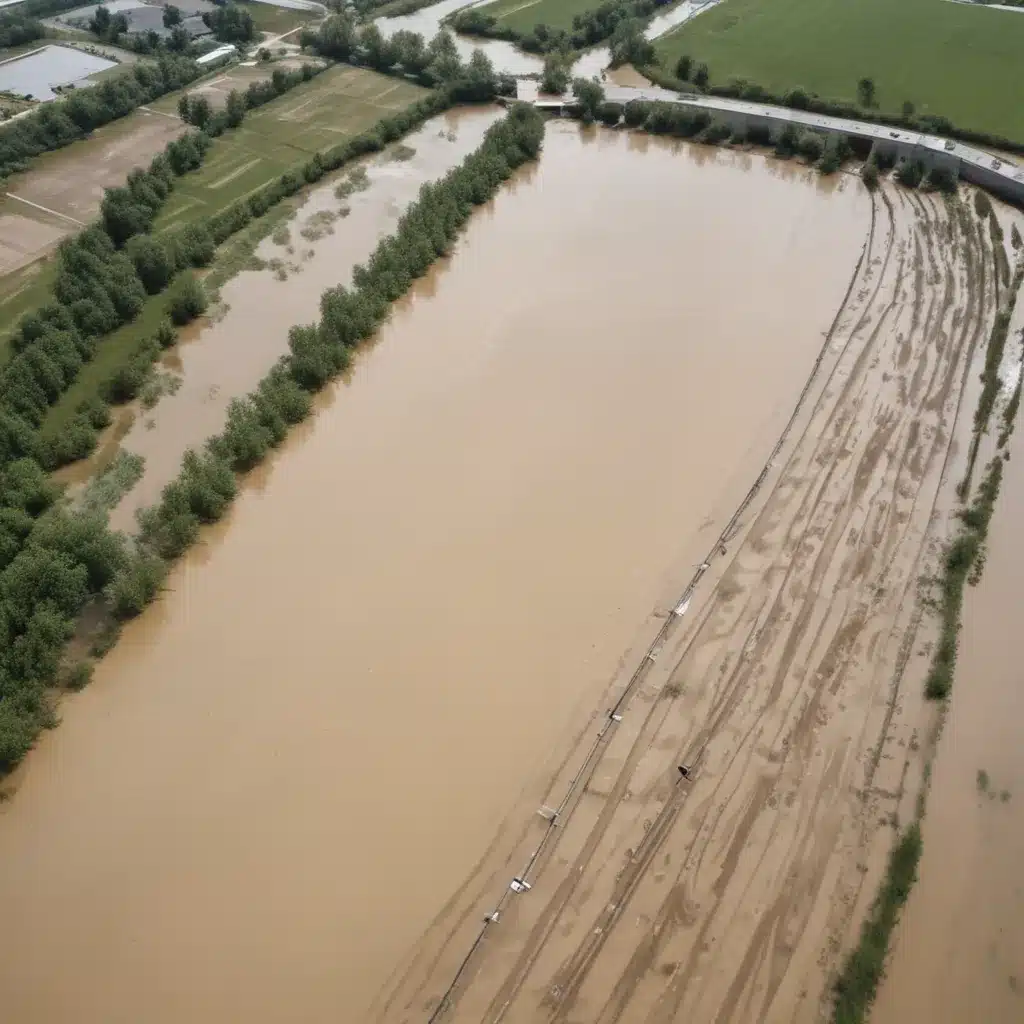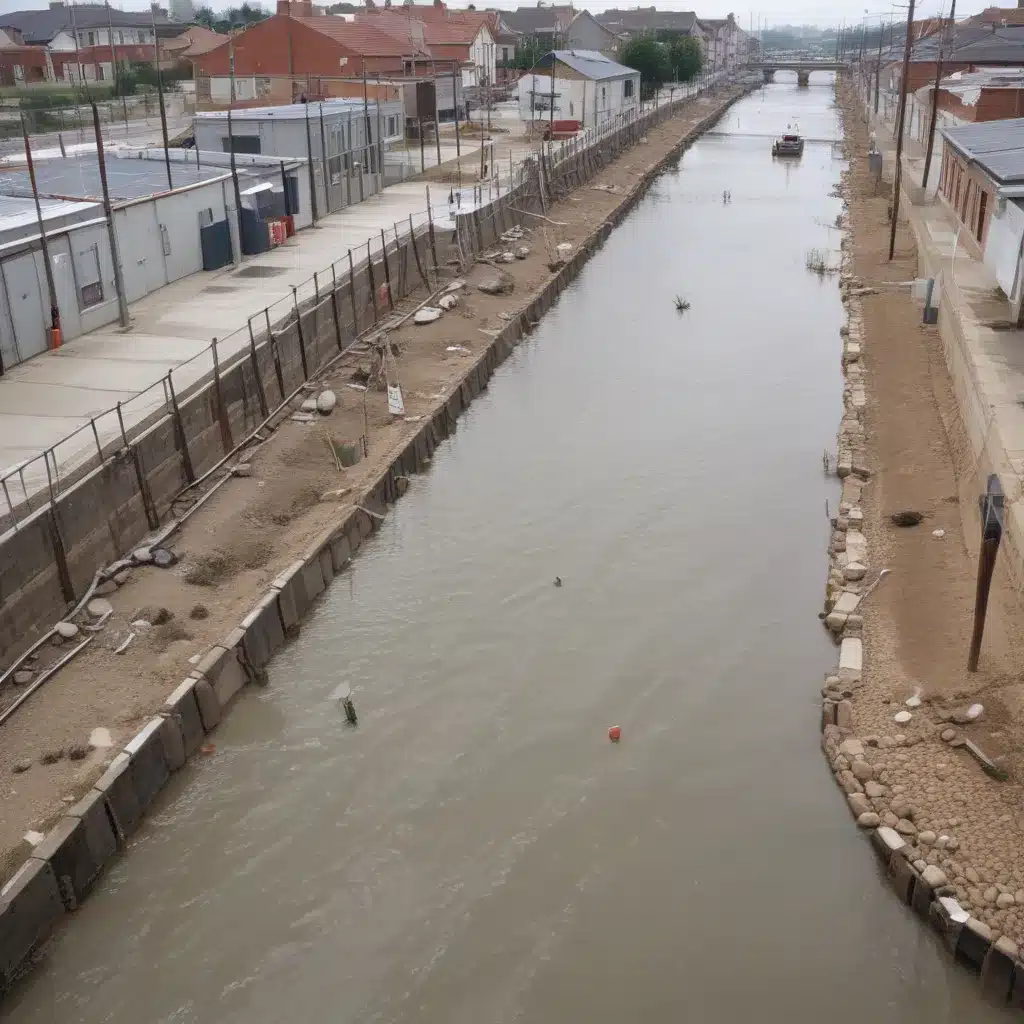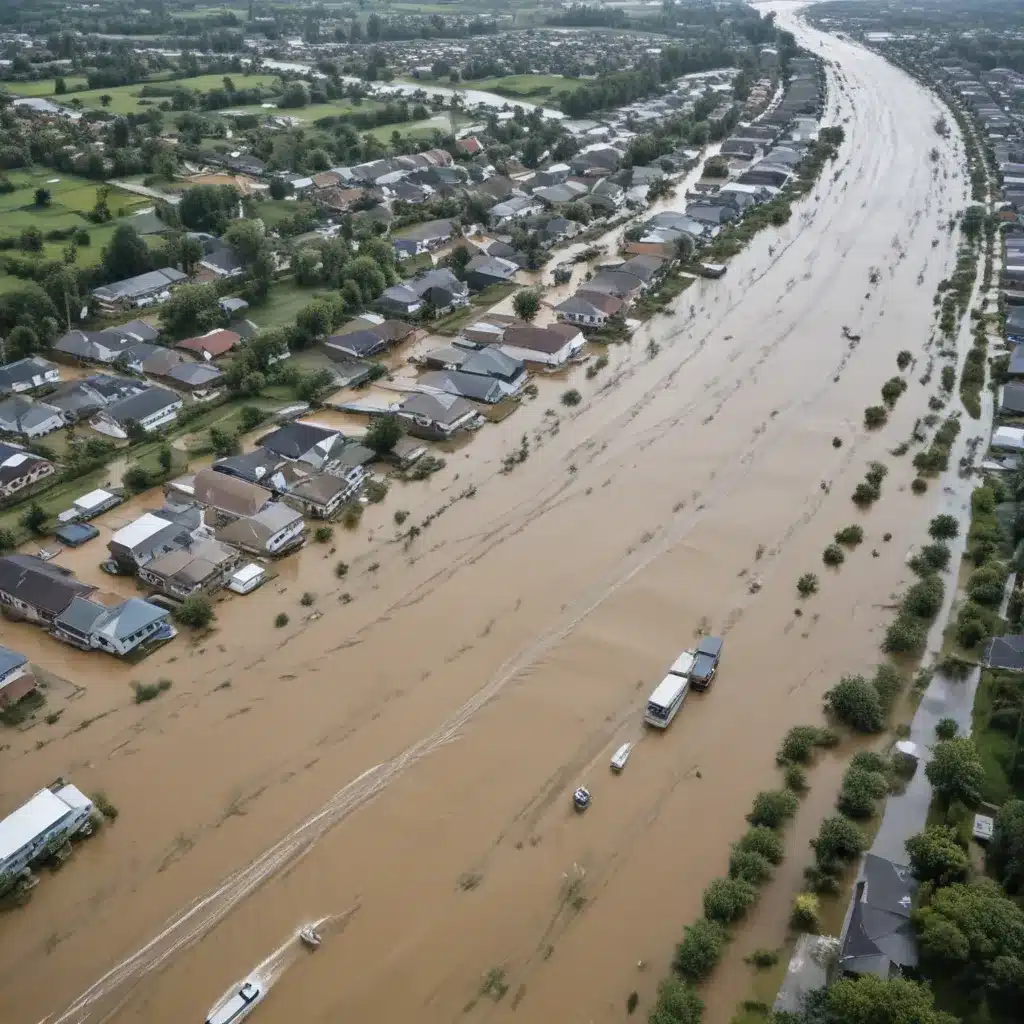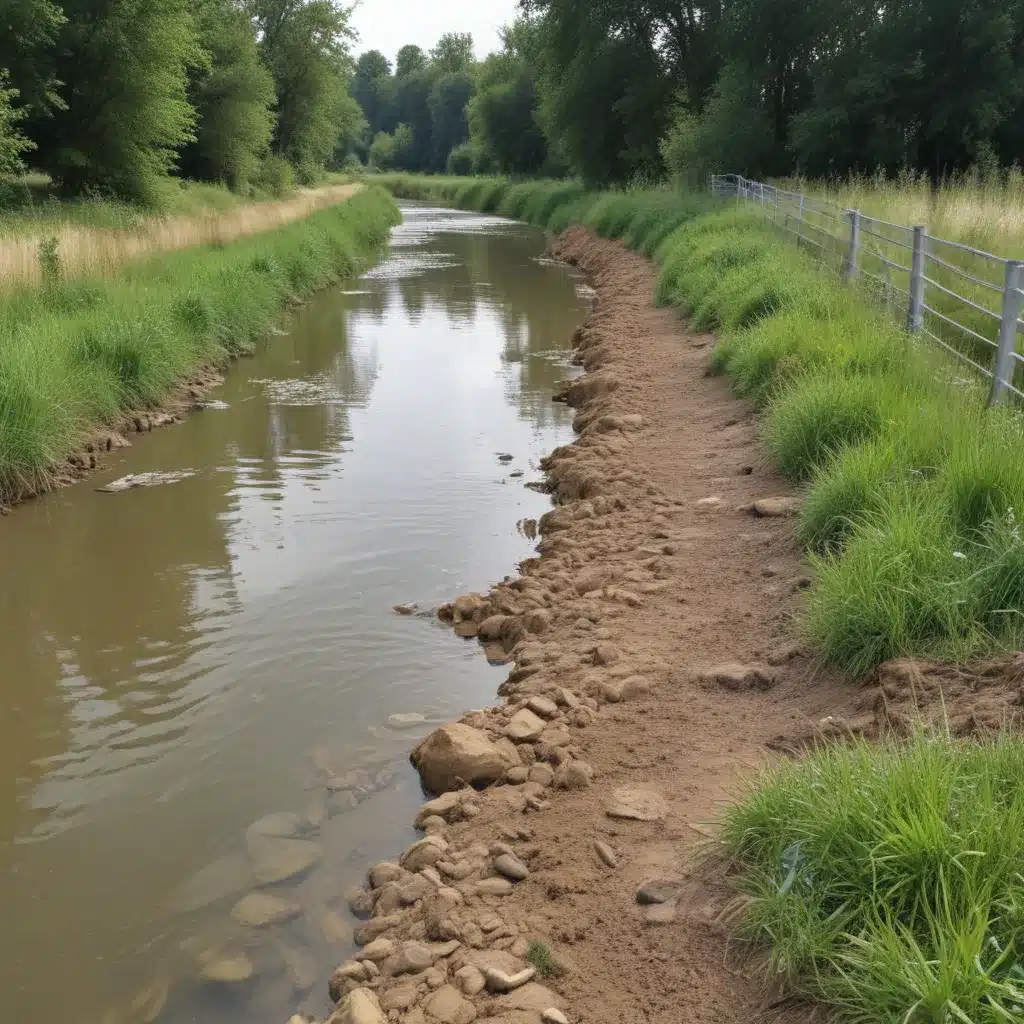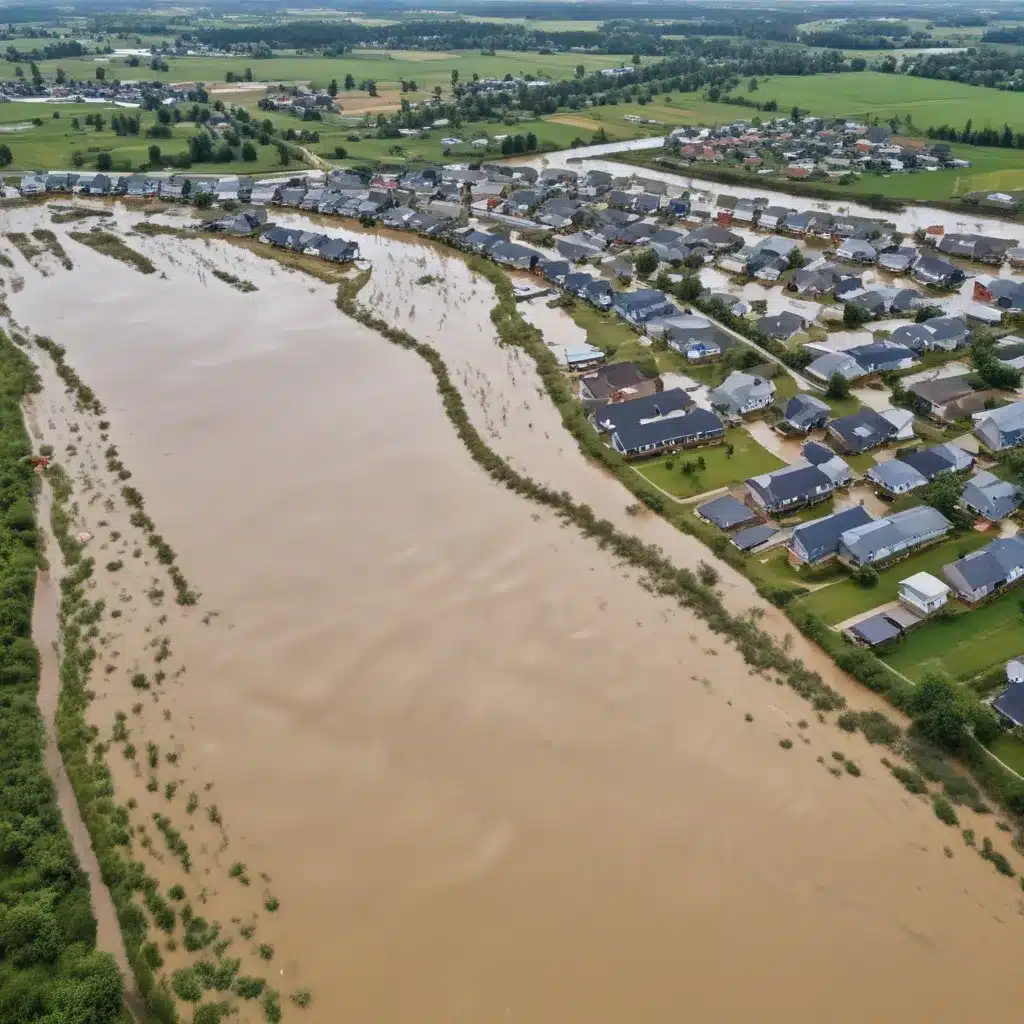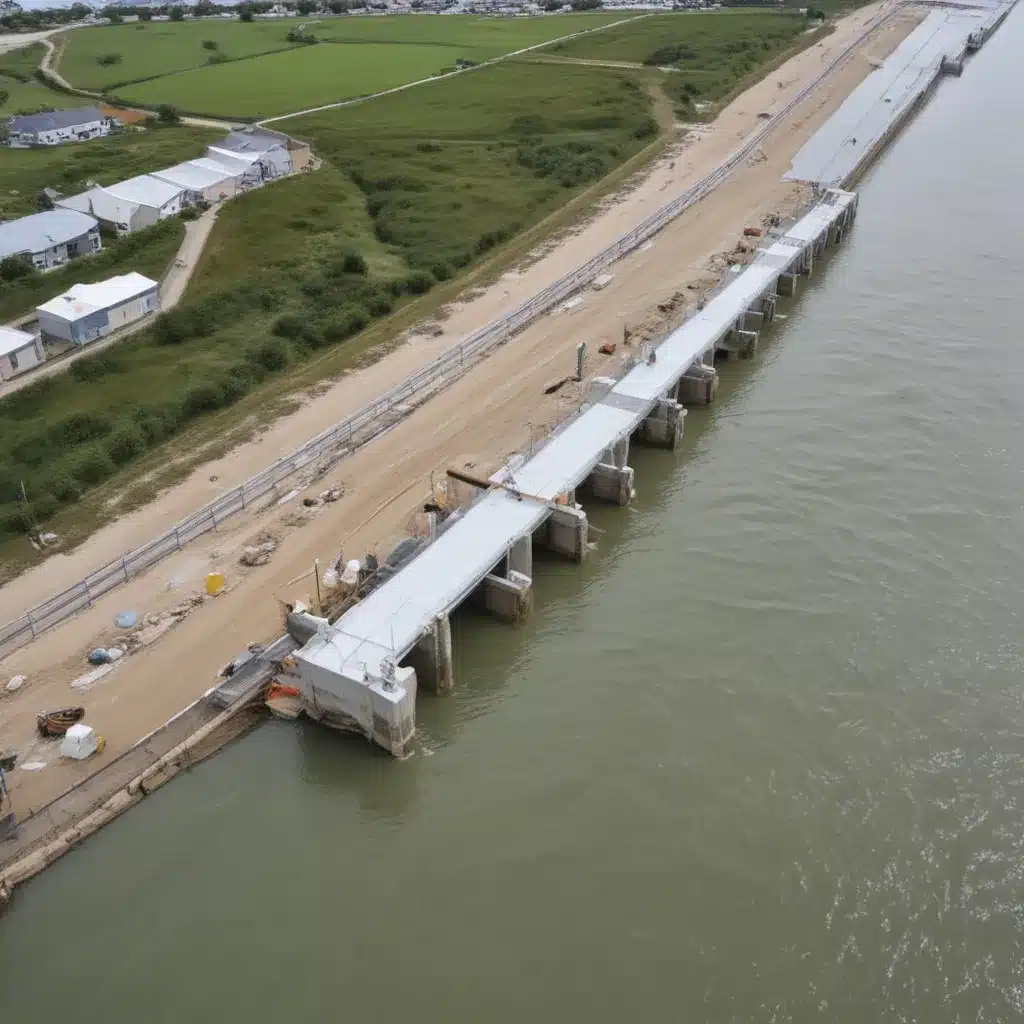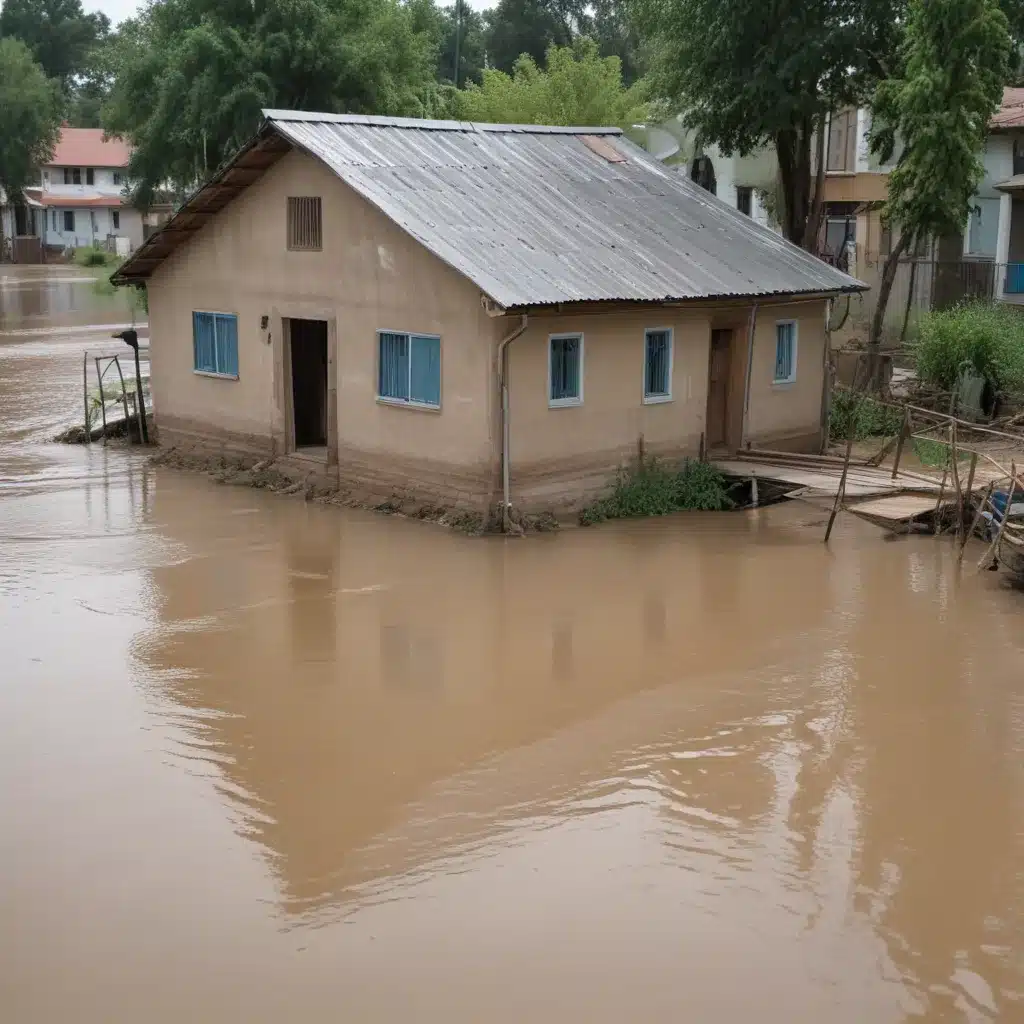In recent years, the world has witnessed a significant increase in the frequency and intensity of floods, resulting in devastating consequences for communities and ecosystems alike. As governments and organizations strive to develop effective flood risk management policies, it is crucial to consider the often overlooked environmental impacts of such measures. In this article, we delve into the intricate relationship between flood risk management and the environment, highlighting the need for international policies to address these consequences comprehensively.

The Interconnectedness of Flood Risk Management and the Environment
Flood risk management strategies are primarily aimed at reducing the potential damage caused by flooding events. These strategies commonly include structural measures such as levees, dams, and floodwalls, as well as non-structural approaches like land-use planning and early warning systems. While these measures provide essential protection for human lives and infrastructure, their implementation can have profound ecological ramifications.
Negative Impacts on Ecosystems
One of the most significant consequences of flood risk management measures is the alteration of natural hydrological patterns. By channelizing rivers or constructing massive infrastructure, the flow of water becomes constrained, disrupting the natural processes that ecosystems rely on. This alteration can lead to the loss of critical habitats, degradation of water quality, and the decline of biodiversity.
Disruption of Natural Floodplains
Floodplains are naturally occurring areas adjacent to rivers that act as natural buffers during flood events. They provide storage for excess water, allowing it to slowly infiltrate into the ground and recharge aquifers. Unfortunately, flood risk management policies often overlook the importance of preserving these floodplains. Instead, they focus on diverting or containing water, leading to the loss of these crucial natural defenses against flooding.
Soil Erosion and Sedimentation
Structural flood risk management measures such as dams and levees can alter sediment transport processes, resulting in increased soil erosion and sedimentation downstream. Excessive sedimentation can negatively impact aquatic ecosystems, impairing water quality, and disrupting the natural dynamics of rivers and streams. Additionally, soil erosion can lead to the loss of fertile agricultural land, exacerbating food security issues.
The Need for Comprehensive Environmental Considerations in Flood Risk Management Policies
To address the environmental consequences of flood risk management effectively, it is vital for international policies to integrate comprehensive environmental considerations. By doing so, we can mitigate the negative impacts on ecosystems and promote sustainable flood risk management strategies.
Implementing Nature-Based Solutions
Nature-based solutions, also known as green infrastructure, offer a sustainable alternative to traditional flood risk management approaches. By utilizing natural features such as wetlands, floodplains, and forests, these solutions can help regulate water flow, reduce erosion, and provide habitat for diverse species. International policies should prioritize the incorporation of nature-based solutions into flood risk management strategies to maximize environmental benefits.
Enhancing Ecosystem Resilience
Recognizing the importance of maintaining healthy ecosystems, international policies should emphasize the restoration and protection of floodplain habitats. By preserving these areas, we can enhance ecosystem resilience, promoting biodiversity and improving the overall functionality of natural flood defenses. Additionally, fostering the conservation of freshwater ecosystems will contribute to water quality improvement and ensure the long-term sustainability of water resources.
Promoting Stakeholder Engagement and Collaboration
Effective flood risk management policies should involve collaboration between policymakers, scientists, local communities, and environmental organizations. By engaging stakeholders throughout the decision-making process, policy development can benefit from diverse perspectives and local knowledge. This inclusive approach ensures that the environmental consequences of flood risk management are adequately considered and addressed.
Conclusion
As the global community grapples with the increasing threat of floods, it is crucial to recognize and address the environmental consequences of flood risk management policies. By integrating comprehensive environmental considerations into international strategies, we can develop sustainable solutions that protect both human lives and ecosystems. Through the implementation of nature-based solutions, the enhancement of ecosystem resilience, and collaborative stakeholder engagement, we can mitigate the negative impacts of flood risk management and create a more sustainable and resilient future for all.


